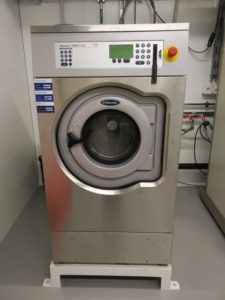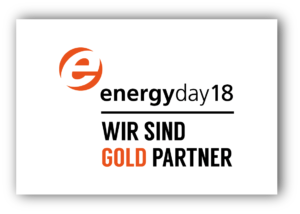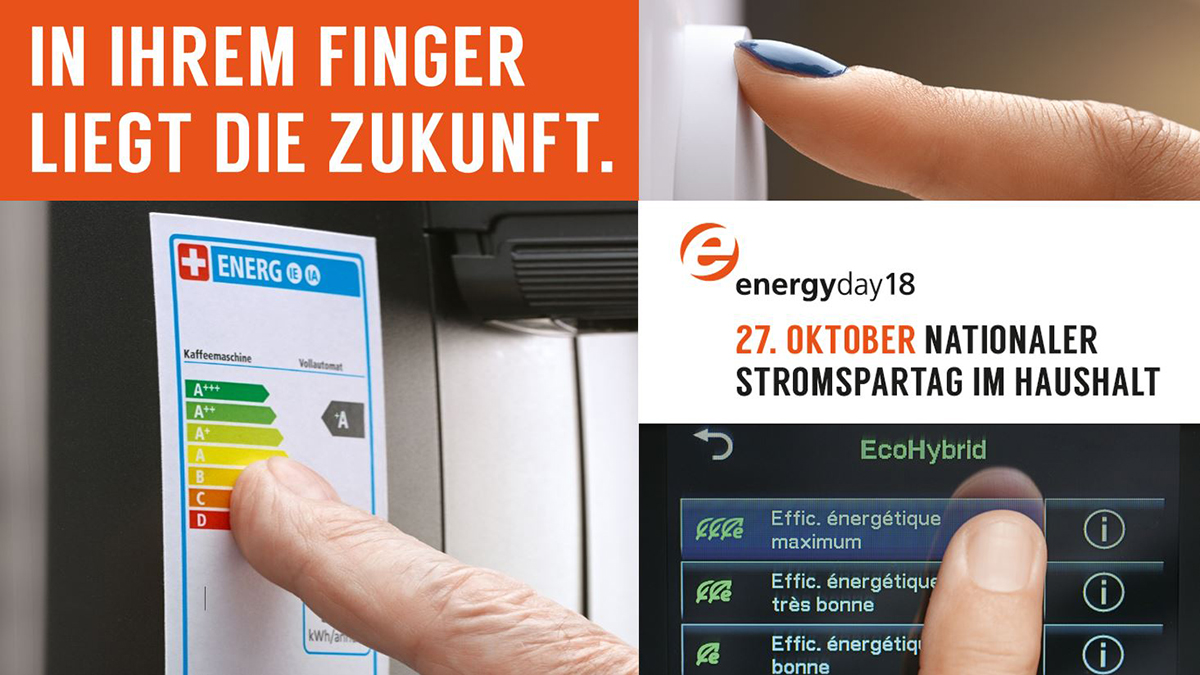Whenever we change the clocks to winter time, we also think about the subject of energy. Every year since 2006, well-known companies and organizations have come together on Energyday, Switzerland’s national day for saving electricity in the home, to help reduce electricity consumption.
Household appliances account for a large proportion of the energy and water we use in our day-to-day lives. We therefore support people who wish to live a more responsible lifestyle by providing them with energy-efficient appliances. In this interview, Susanne Machau, a specialist in washing process and application technology, explains how the energy efficiency of washing machines is guaranteed.

Susanne Machau, specialist in washing process and application technology
Ms Machau, how is the energy efficiency of a washing machine tested in the lab?
Susanne Machau: Energy efficiency is a value which is influenced by various factors such as energy consumption, water consumption, spin efficiency and the effectiveness of the wash. We can only make a statement about the energy efficiency of a washing machine by summing together these individual components. We have to carry out standardized measurement processes to be able to test this.
“Energy efficiency is a value which is influenced by various factors such as energy consumption, water consumption, spin efficiency and the effectiveness of the wash.”
What does a measurement process such as this consist of?
Every laboratory that tests in accordance with a standard uses a Wascator as a reference appliance. We carry out all of our tests in this appliance and our own appliance in parallel. We also clearly define how many linen sheets, towels and pillowcases go into the machine and in which

Test and measuring equipment

Wascomat, reference measuring device
So every action has to be performed exactly in line with the official testing procedure?
Precisely. This is to ensure that the results can be reproduced and thus compared. The standard outlines every detail: for example, it defines how old or new the laundry must be, and what its initial weight is. Of course, the washing detergent and its dosage is also precisely defined.
Is the laundry always loaded into the machine while clean, or is it made more dirty beforehand?
It goes without saying that we have to test different levels of dirtiness to test the effectiveness of the wash. These are also defined in the standard: special test strips contain dirt including sebum, carbon black, cocoa, blood and red wine. These strips are sewn onto the textiles in a specific way in accordance with the guidelines and washed with them.
Subscribe to our blog for more exciting content
Which washing programme do you use to conduct the tests?
In accordance with the Energy Label, an appliance must be tested in three programme combinations with 8 kg of washing each time: 60°C with a full load, 60°C with a half-load and 40°C with a half-load.
And when is the appliance deemed to have passed the test?
Our machine must be at least 3% more effective at washing than the Wascator. Only then is the washing machine allowed to be launched onto the market.
What are the greatest challenges in terms of this measurement process?
The tricky part lies with the interplay of the various factors. To achieve a good energy efficiency class, a programme must use only a small amount of energy. However, generally you need to use a lot of energy for a good washing performance. The solution is then usually to increase the duration of the programme for lower temperatures or to use a heat pump to heat up the water.
How does a customer know which programme is the most energy-efficient?
With the help of the guidance symbol. This automatically directs the customer to the most energy-efficient washing cycle. Of course, the customer should note that this programme is only suitable for normal coloured fabrics.
“…sometimes they don’t know that a longer programme uses less energy…”
Is this programme used often?
According to EU studies, sadly not. This is primarily due to the lengthy duration of the declaration programme. Most users want fast programmes, or sometimes they don’t know that a longer programme uses less energy. Even more users mistakenly assume that a longer programme duration actually means higher energy consumption. In this instance, we have to do even more work to make it clear to customers that longer programmes at lower temperatures are the most energy-efficient solutions.
Thank you for the Interview!
V-ZUG is Gold Partner of #Energyday

To the official energyday.ch website
Economical washing with V-ZUG
V-ZUG’s EcoManagement function enables you to display how much energy and water your washing machine uses, as well as the projected consumption before you start a wash: with the Eco button, which can be selected with each programme, the programme will run for slightly longer but consumes less energy. Here you can find out more.
Subscribe to our blog for more exciting content
You may also be interested in the following energy-saving tips:
Energy-saving tips for coking and baking
Energy-saving tips for refrigeration
Energy-saving tips for washing and drying

 EN
EN DE
DE FR
FR





